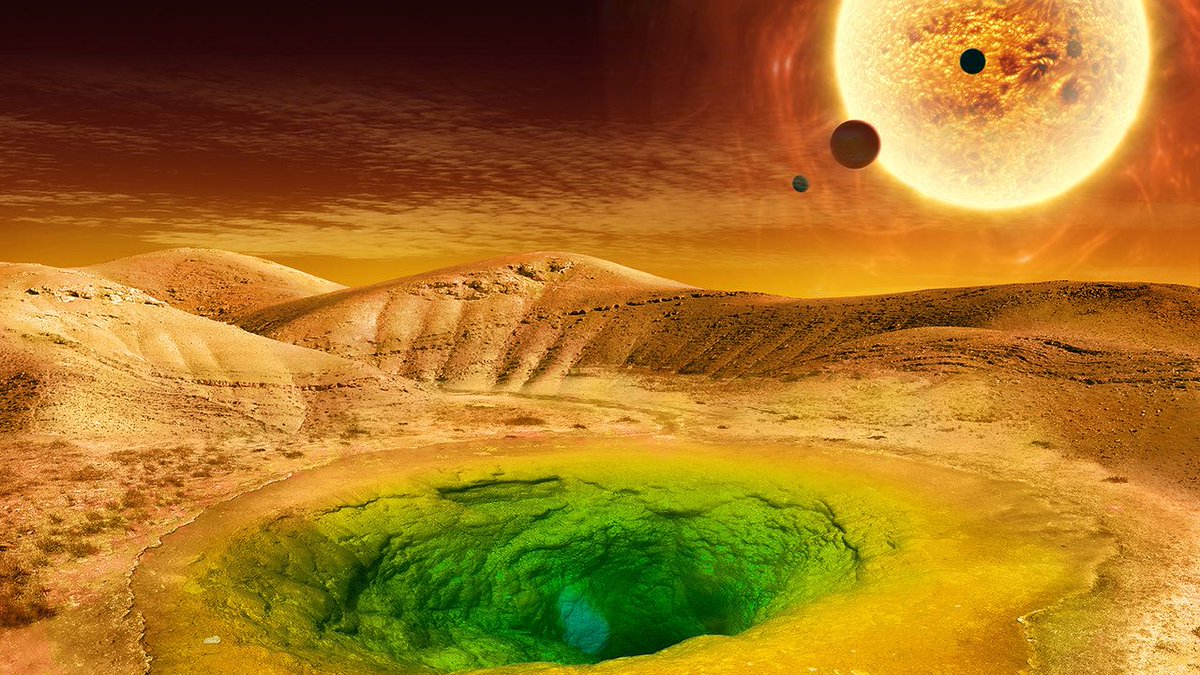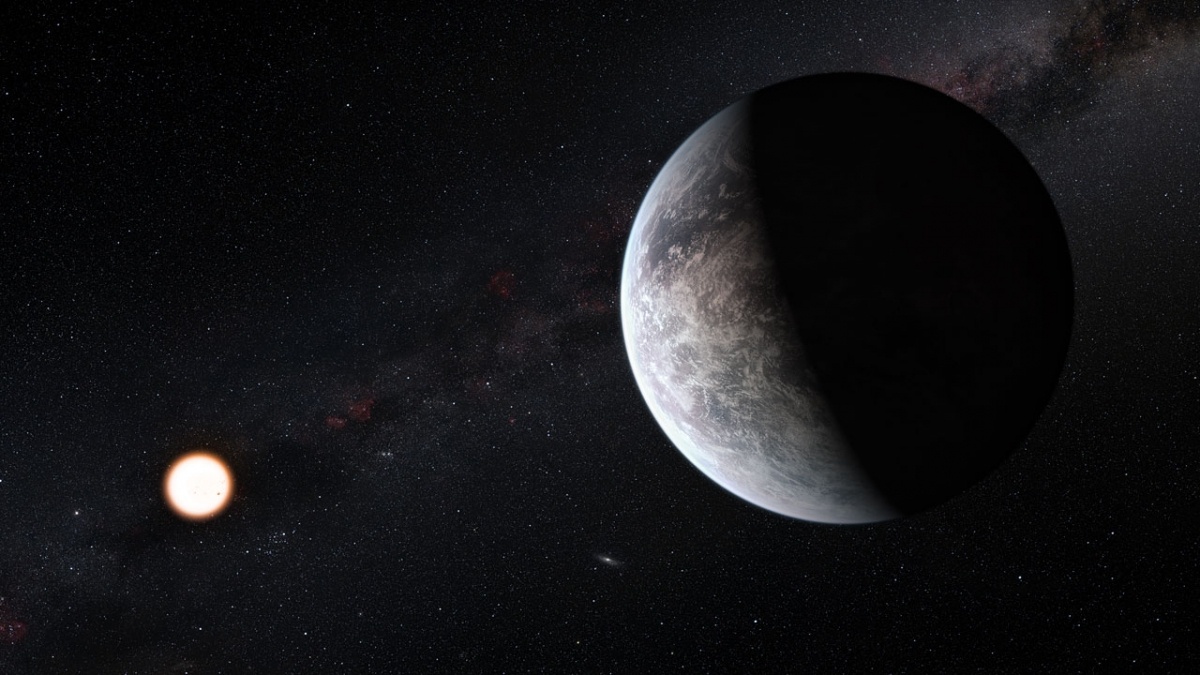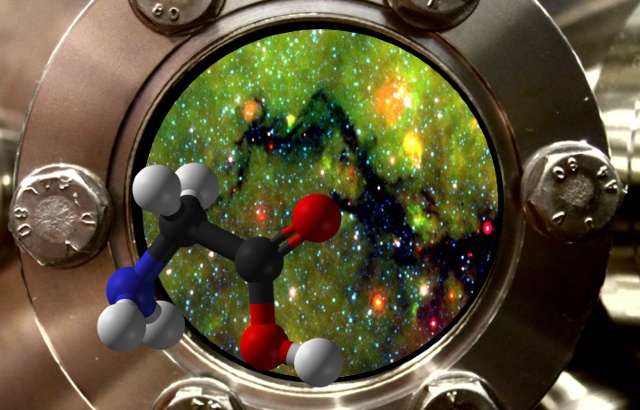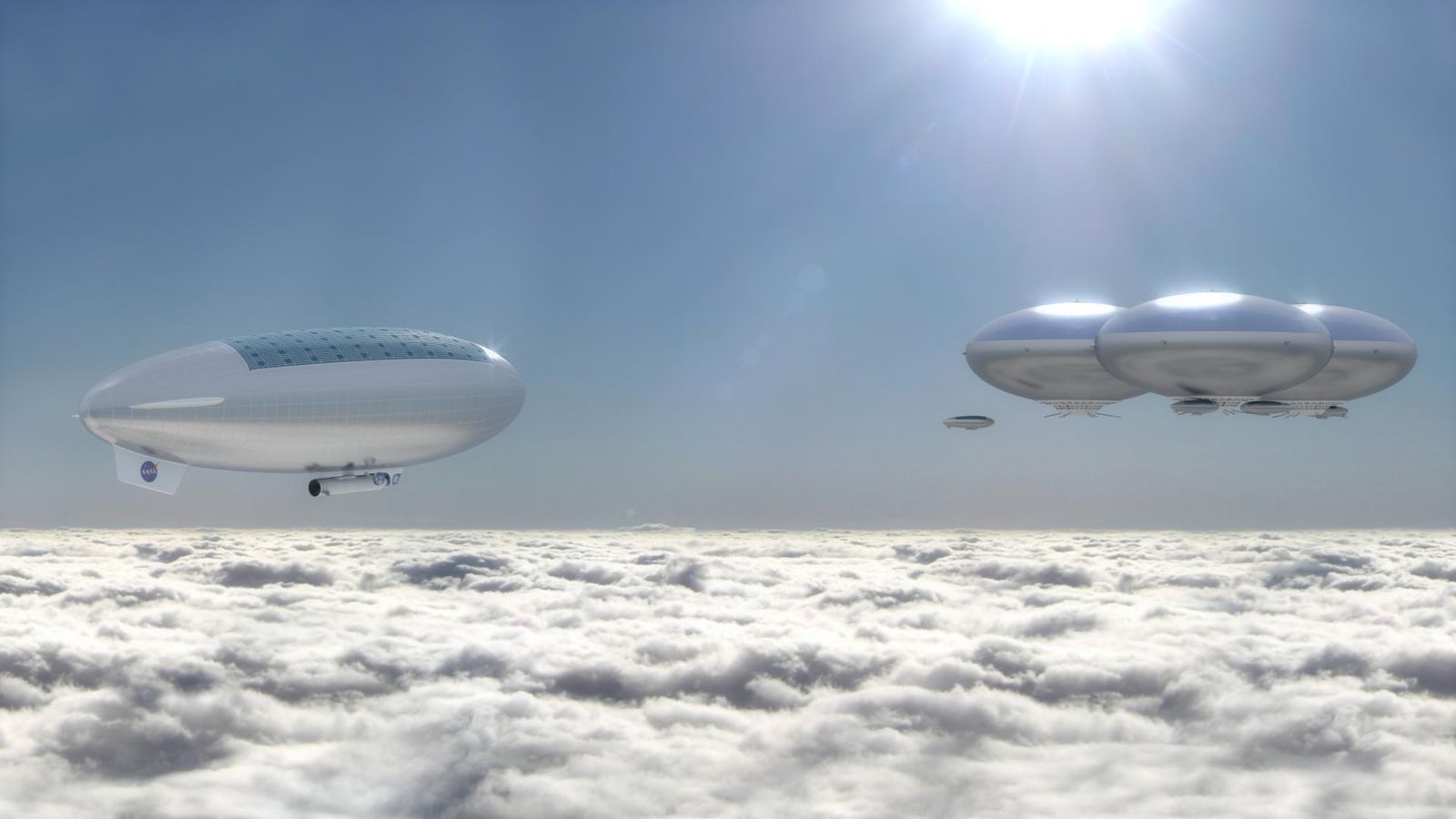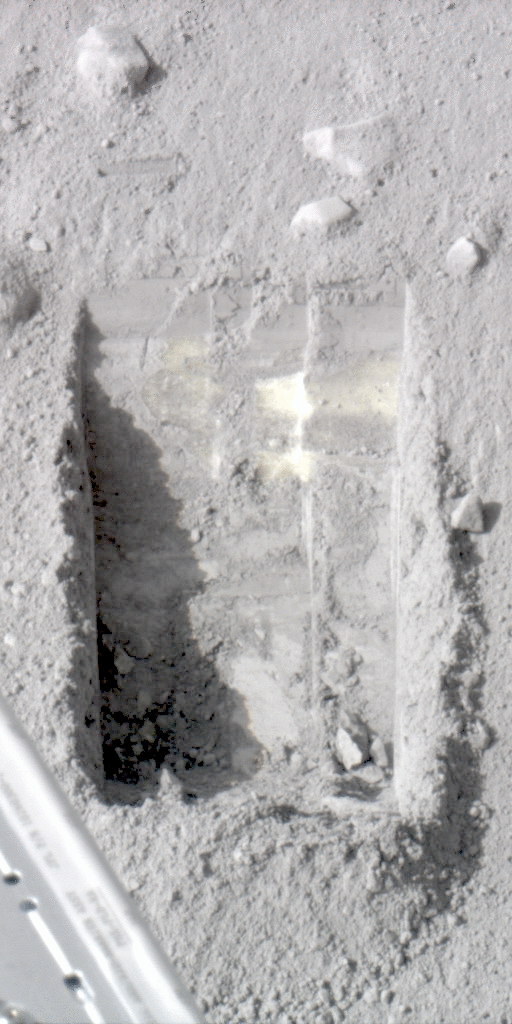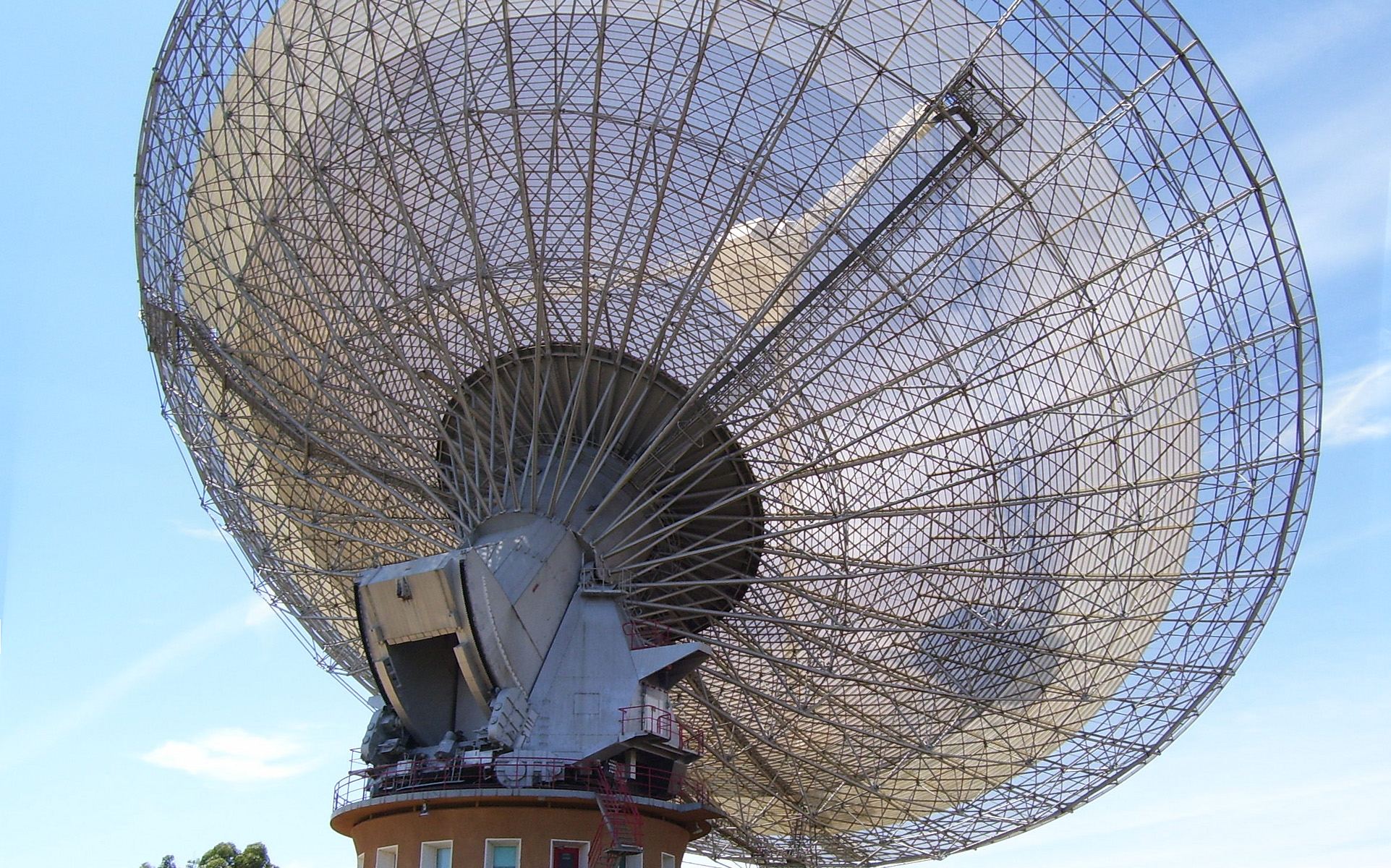Planning ahead is something astronomy and space exploration excels at. Decadal surveys and years of engineering effort for missions give the field a much longer time horizon than many others. In the near future, scientists know there will be plenty of opportunities to search for biosignatures everywhere from nearby ocean worlds (i.e. Titan) to far away potentially habitable exoplanets. But it’s not clear what those biosignatures would look like. After all, currently there is only Earth’s biosphere to study, and it would be unfortunate to miss hints of another just because it didn’t look like those found on Earth. Now a team led by researchers at the Santa Fe Institute (SFI) have come up with a framework that could help scientists look for biosignatures that might be completely different from those found on Earth.
Continue reading “Researchers Develop a new Framework for Searching for Biosignatures”If Astronomers see Isoprene in the Atmosphere of an Alien World, There’s a Good Chance There’s Life There
It is no exaggeration to say that the study of extrasolar planets has exploded in recent decades. To date, 4,375 exoplanets have been confirmed in 3,247 systems, with another 5,856 candidates awaiting confirmation. In recent years, exoplanet studies have started to transition from the process of discovery to one of characterization. This process is expected to accelerate once next-generation telescopes become operational.
As a result, astrobiologists are working to create comprehensive lists of potential “biosignatures,” which refers to chemical compounds and processes that are associated with life (oxygen, carbon dioxide, water, etc.) But according to new research by a team from the Massachusetts Institute of Technology (MIT), another potential biosignature we should be on the lookout for is a hydrocarbon called isoprene (C5H8).
Continue reading “If Astronomers see Isoprene in the Atmosphere of an Alien World, There’s a Good Chance There’s Life There”Microbes Found That Survive on the by-Products of Radioactive Decay

In addition to investigating the big questions about life in our Universe (origins, evolution, distribution, etc.), one of the chief aims of astrobiologists is to characterize extraterrestrial environments to determine if life could exist there. However, there are still unresolved questions about the range of conditions under which life can survive and thrive. Placing better constraints on this will help astrobiologists search for life beyond Earth.
To get a better understanding of how ecosystems can exist beneath the ocean floor (so far from the Sun) a team of researchers led by the University of Rhode Island’s Graduate School of Oceanography (GSO) conducted a study on microbes in ancient seafloor sediment. What they found, to their surprise, was that these lifeforms are sustained primarily by chemicals created by the natural irradiation of water molecules.
Continue reading “Microbes Found That Survive on the by-Products of Radioactive Decay”You’re Going to Need a Bigger Drill. The Best Place for Life on Mars is Deep, Deep Underground
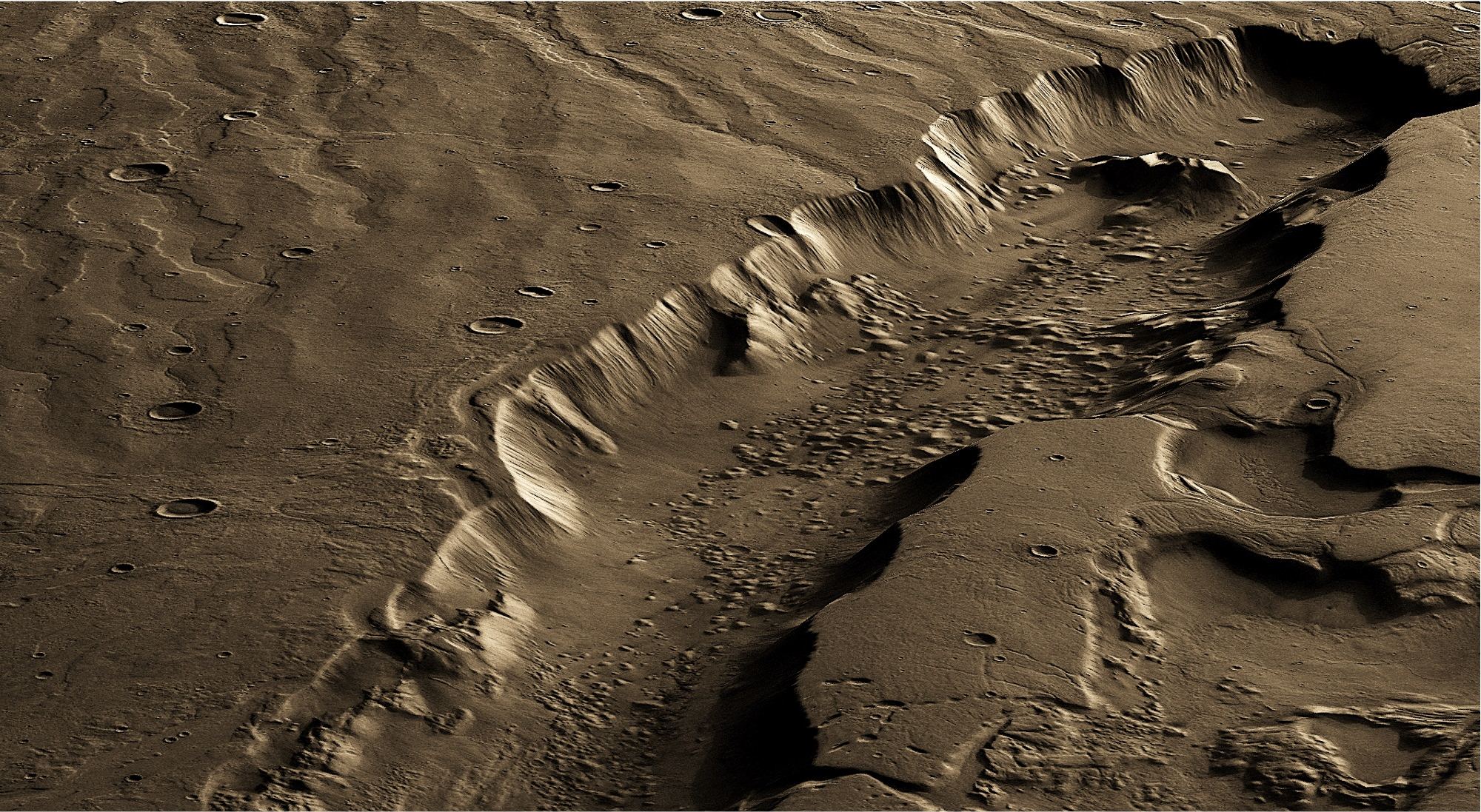
For decades, robotic missions have been exploring Mars to learn more about the planet’s geological and environmental history. Next year, the Perseverance rover will join in the hunt and be the first mission to send samples back to Earth and by the 2030s, the first crewed mission is expected to take place. All of these efforts are part of an ongoing effort to find evidence of past (and maybe even present) life on Mars.
According to a new study from Rutgers University-New Brunswick., the most likely place to find this evidence is located several kilometers beneath the surface. It is here (they argue) that water still exists in liquid form, which is likely the result of geothermal heating melting thick subsurface sheets of ice. This research could help resolve lingering questions like the faint young Sun paradox.
Continue reading “You’re Going to Need a Bigger Drill. The Best Place for Life on Mars is Deep, Deep Underground”Glycine Can Form In Interstellar Clouds
Author’s note: This article was written in collaboration with Vincent Kofman, a co-author of the paper it discusses and Post Doctoral Researcher at NASA’s Goddard Space Flight Center
Amino acids are one of the most important building blocks of life as we know it. At its core, they contain an amino and an acid group, through which they can link together with other amino acids. That linking process can form long chains, which is how they form proteins. In humans, 20 different amino acids make up all proteins, and the difference between them is in the molecular side chain between the amino and the acid group. The different groups make interconnections in the chain, folding it into highly specific forms, allowing the proteins to perform highly specific tasks, ranging from metabolism, to muscle movement, and cell duplication.
Given that their presence is a necessary, though not necessarily a sufficient, condition for the development of life, scientists have spent many decades exploring where they first formed. With a paper in Nature Astronomy published last month, they moved one step closer to that understanding, by discovering that it is possible to form glycine, the simplest amino acid, in the star nurseries of interstellar clouds.
Continue reading “Glycine Can Form In Interstellar Clouds”Geysers on Europa might come from pockets of water under the ice
Observations have already confirmed the existence of a sub-surface ocean on Europa, and there has been rampant speculation about whether they could contain life. While there have been tentative plans to send a submersible spacecraft to this ocean, we are still a long way from uncovering what lies in those depths.
Which is one big reason why the geysers that occasionally shoot out of Europa’s ice sheet have garnered such interest. Scientists hoped that some of the ejected water could come from that ocean. It could then be sampled with a simple fly-by mission, such as Europa Clipper, rather than a submersible craft. However, a new paper published in Geophysical Research Letters suggests a much more mundane source of the geysers – local liquid water buried in the moon’s thick ice shelf.
Continue reading “Geysers on Europa might come from pockets of water under the ice”A Balloon Mission that Could Try to Confirm Life On Venus
So, Venus might have life! But how do we find out for sure?! We need to GO there.
Continue reading “A Balloon Mission that Could Try to Confirm Life On Venus”Could There Be Life in the Cloudtops of Venus?

When it comes to places with the potential for habitability, Venus isn’t usually considered on that list. The hot, greenhouse-effect-gone-mad neighboring planet with a crushing surface pressure and sulfuric acid clouds certainly isn’t friendly to life as we know it, and the few spacecraft humanity has sent to Venus’ surface have only endured a few minutes.
But up about 40 to 60 km (25 to 37 miles) above the surface, the atmosphere of Venus is the most Earth-like of any other place in the Solar System. There, Venus has air pressure of approximately 1 bar and temperatures in the 0°C to 50°C range. It’s not quite a shirtsleeves environment, as humans would need air to breathe and protection from the sulfuric acid in the atmosphere. Plus, also consider that Venus is considered to be in the habitable zone of our star.
Continue reading “Could There Be Life in the Cloudtops of Venus?”Thanks to Cosmic Radiation, There Could be Life on Mars, Just a Couple of Meters Under the Surface
Remember back in 2008 when the Phoenix lander on Mars scraped away a few inches of rust-colored regolith to reveal water ice? Or in 2009, when Mars Reconnaissance Orbiter observations revealed vast areas of subsurface ice, event at low latitudes?
These findings – and many more like them – indicate there’s a lot of interesting things going on underneath Mars’ lifeless surface. Since we know from experience on Earth that anywhere there is water, there is life, the question of life on – or under – Mars’s surface is always provocative.
Continue reading “Thanks to Cosmic Radiation, There Could be Life on Mars, Just a Couple of Meters Under the Surface”New Estimate Calculates There Could be 30 Intelligent Civilizations Communicating Across the Milky Way
Over the years, scientific estimates of potential intelligent life in our galaxy have ranged widely. Some estimates say just one (only us Earthlings) to just a handful, to possibly thousands or even millions. A new study attempts to quantify the number of other worlds we could potentially talk to by estimating the number of intelligent civilizations within the Milky Way that are actively communicating.
The number?
Continue reading “New Estimate Calculates There Could be 30 Intelligent Civilizations Communicating Across the Milky Way”
